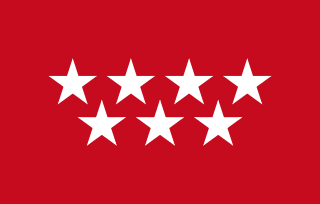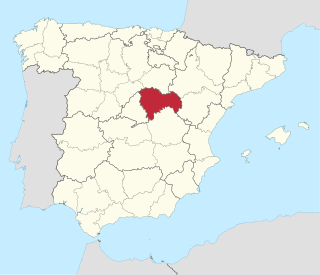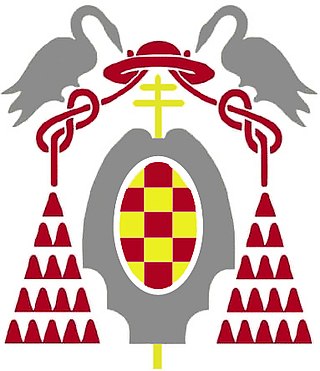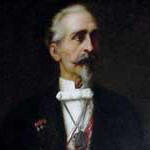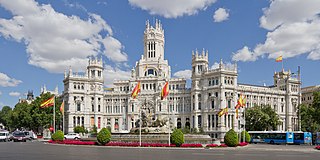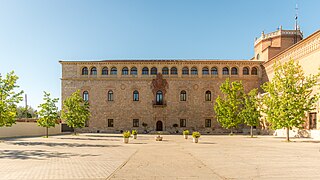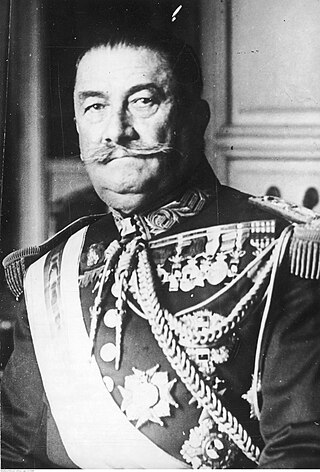Origins
The academy began operations on September 1, 1803, in the former Basilios College of Alcalá de Henares. Its establishment was among the key objectives of a series of reforms initiated by General Engineer José Urrutia de las Casas and approved by Charles IV.
The academy’s curriculum included four annual courses: one preparatory year followed by three specialized sessions. The preparatory course covered Algebra, Differential and Integral Calculus, Hydrodynamics, and Fortification. The second year addressed Artillery, Mines, Siege and Defense of Fortifications, Encampment Organization, and Strategy. The third year focused on Optics, Perspective, Spherical Trigonometry, Geography, Astronomy, Topography, and Civil Architecture. Instruction was further supplemented by drawing classes and weapons training.
During the War of Independence, professors and students of the Academy temporarily relocated from Alcalá to Cádiz, where a provisional academy operated from 1811 to 1814. Afterward, the academy was reestablished in Alcalá de Henares. In 1820, its members aligned with the liberal cause; in 1823, facing the advancing forces of the Duke of Angoulême, they moved to Granada, later continuing to Málaga to escape the threat posed by the troops of the Hundred Thousand Sons of St. Louis. On September 27, 1823, the Regency issued an order dissolving the academy. The following year, on April 23, 1824, King Ferdinand VII issued another order, establishing the General Military College in Segovia to replace the defunct academy.
In 1826, General Engineer Ambrosio de la Cuadra secured the issuance of a Royal Order, dated August 20, which led to the reopening of the Academy of Engineers in Madrid. From that time until 1833, the academy’s headquarters moved periodically among the towns of Ávila, Talavera de la Reina, and Arévalo.
The Academy in Guadalajara
By a Royal Order dated September 13, 1833, the Academy of Engineers was permanently established in Guadalajara. The institution occupied the former Royal Cloth Factory, located in the Montesclaros Palace. The facility’s open, adaptable interior spaces accommodated both the academy’s instructional and administrative functions. A nearby area in the Coquín ravine provided space for additional activities. The Montesclaros Palace was an older structure, shaped by various expansions and renovations; the most recent occurred in 1778 under the direction of the architect Diego García.
Between 1837 and 1839, following the instability caused by the First Carlist War, the academy relocated its classrooms to Madrid. Upon returning to Guadalajara in 1839, new regulations were introduced.
Between 1843 and 1860, when Antonio Remón y Zarco del Valle served as General Engineer, the academy experienced its most productive period. During these years, faculty delegations frequently visited equivalent institutions in allied countries. These visits facilitated exchanges of ideas, incorporation of new theories, and the acquisition of updated texts and precision instruments for the academy’s curriculum.
During this period, concerns emerged regarding the academy’s continued presence in Guadalajara. In 1864, due to visible deterioration in sections of the renovated Montesclaros Palace, a commission was formed to assess the extent of structural problems. The findings prompted proposals for a new academy building, not only in Guadalajara, but also in Madrid and Zaragoza. In response, the Guadalajara City Council initiated efforts to maintain the institution locally, ultimately securing a Royal Order on May 28, 1867, ensuring its continuation in the city.
Construction work, overseen by engineering officer Juan Puyol, lasted from November 14, 1867, to December 24, 1869. During this interval, students continued their training at the adjacent San Carlos barracks. To finance the project, both the Provincial Council of Guadalajara and the City Council contributed significant funds, amounting to 110,000 escudos.
In 1879, another renovation project began, focusing on the 18th-century structures atop the Coquín ravine, which were partially supported by the remnants of the medieval city wall. Engineer Commander Federico Vázquez Landa oversaw the work, designing a pavilion modeled after the architectural style of the papal palaces in Avignon and reconstructing a section of the city wall with certain Mudéjar-influenced features.
In 1888, the academy expanded its facilities with the construction of a riding school, based on a design prepared in 1881 by then-Captain José Marvá y Mayer. This structure remains in existence.
In 1905, a new renovation was initiated, focusing on the main façade. The proposal involved removing the mezzanine beneath the roof to create taller rooms and adjusting the enclosure wall to feature vertically proportioned windows. Captain Ramón Valcárcel López-Espila adopted a historicist approach with classical tendencies, incorporating various lintel designs, simulated ashlar masonry, giant pilasters, balustrades, and a newly proportioned tower.
By 1909, the renovation work provided the academy’s headquarters in the Montesclaros Palace with a new appearance. Its updated design was comparable in style to prominent civil institutions in Guadalajara, as well as to the architectural approaches employed by Ricardo Velázquez Bosco in projects commissioned by the Duchess of Sevillano.

